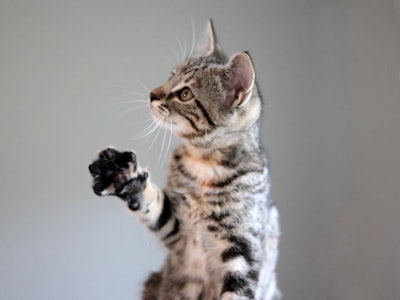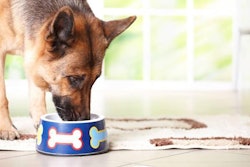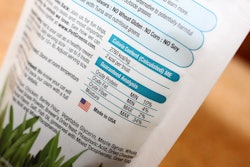
Most of the consumer product goods (CPG) categories that weathered the chaos of 2020 well were not surprising. As much of the world locked down, with many businesses closing at least temporarily and most of us sheltering at home, consumers turned to CPG products we could still obtain online or from essential businesses like grocery stores: packaged and fresh foods, tissue and hygiene items, health and home care products and, yes, diversions like alcoholic drinks, toys and games.
According to data from Euromonitor, those CPG categories and a few others ended 2020 with positive growth. Among the others: pet care, which not only increased about 5% but even exceeded Euromonitor’s original, pre-COVID-19 projection of just under 4% growth for the year. That was in marked contrast to the overall global GDP, which tanked due to one of the worst recessions ever.
That pet care, including pet food, emerged in growth mode is also likely not surprising to anyone reading this post. After all, everyone in the industry, and many outside it, understand the category’s well-earned reputation for being recession resistant. But even longtime industry watchers seemed somewhat amazed at how well it fared. “I think it was the strongest year we’ve seen for pet care,” remarked Jared Koerten, head of pet care for Euromonitor, who presented the data during the American Feed Industry Association’s virtual Pet Food Conference in late January. “I guess you could now call pet care pandemic resistant.”
Pet care, pet food growing strong heading into 2020
To set the stage for the current and potential future states for pet food and pet care, Koerten began his presentation by showing data that highlighted the category’s strong growth up through 2019. As of the end of that year, global pet care—of which pet food accounted for about 70%—reached nearly US$125 billion in sales, representing about 6.5% growth over 2018. Compared to other CPG categories in terms of growth over the previous five years and projected growth to 2023, pet care was a “true standout,” Koerten said.
Though not nearly as large as other CPG categories like packaged foods, beauty and personal care, consumer health, soft or hot drinks, pet care registered a higher compound annual growth rate (CAGR) than those categories from 2014-2019, hitting about 5.8%. And projected out to 2023, pet care’s CAGR also reigned at over 7%, well above any other CPG categories.
Looking at actual results for 2020, like pet care, many of those categories exceeded Euromonitor’s original projections for the year—yet pet care had the second highest growth of all CPG categories tracked, with only toys and games rising more (over 6%).
Yes, we were all really, really bored last year. But besides toys, games, puzzles and binge-watching of movies and shows, many of us also turned to our pets, and rewarded them for bringing much needed comfort, joy and inspiration to such dark times.
Continued growth projected through 2022
Of course, pet food, plus pet care items like litter for cats, are necessities for pets, so barring relinquishment of furry family members, pet owners had to keep spending on them. Yet the industry and category also benefited from positive drivers like rising pet adoptions, plus higher production costs and fewer promotions leading to higher prices, Koerten said. Those drivers outweighed negative ones such as pet abandonment in emerging markets, financially struggling pet owners needing to trade down to lower-priced foods and accelerating channel shifts eroding unit price growth.
The upshot: While Euromonitor projects overall GDP to rise again, that’s still very dependent on the course of the pandemic and its effect on the economy. If significant portions of individual countries and the global population can’t become vaccinated against COVID-19 throughout 2021, for example, it could slow recovery from both the pandemic and the recession.
Yet no matter what happens in 2021, based on its strong performance in 2020, pet care will continue to grow at about 3-4% through at least 2022, Euromonitor believes. True resistance in action.


















